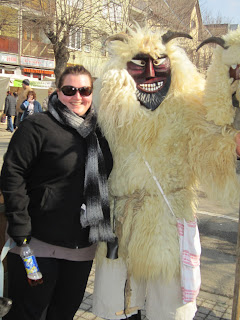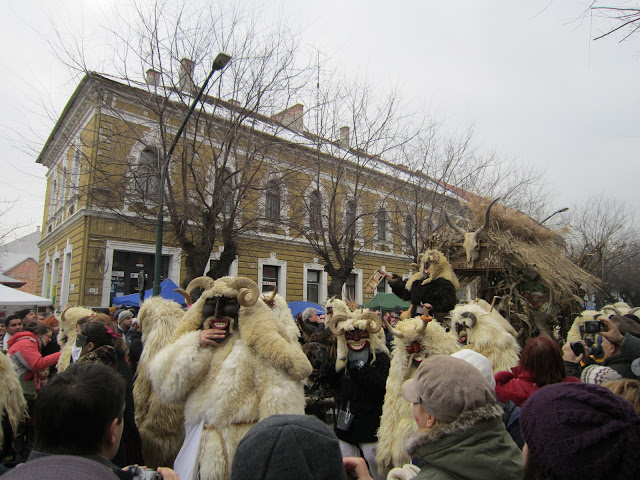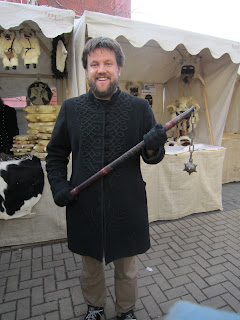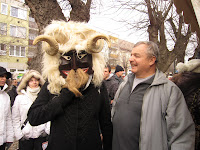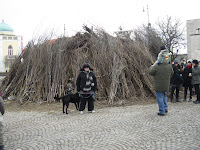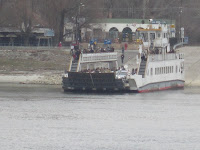Sometimes our students really surprise (and delight) me. Today was a perfect example of this.
I started my Grade 2 lesson with a game. Basically, the students had to think of the names of as many animals - in English - as they could. I then called on them one by one and wrote the animal names that they provided on the board. No repeats were allowed. The game ended when no student was able to come up with any more animals, and the student who named the last animal was declared the winner and received a red star in their report book (this is a pretty big deal).
Anyway, the game was supposed to take about five minutes but I grossly underestimated how many animals these kids knew! As well as a whole bunch of the usual suspects - dog, cat, pig, horse, etc - the kids were also coming up with some pretty obscure animals. Among them were jaguar, puma, eagle, platypus, dingo, raccoon and worm.
I initially refused to write it on the board as it seemed so ridiculous. But then about five seconds later I realised that it actually sounded pretty familiar, so I wrote it up. I'm just amazed that a seven year old Hungarian kid even knows what a sea cow is, let alone the English name for it.
My second favourite animal was "tomato bird". I know, I know, this isn't actually a real animal in English. But when I told the kids that, they were pretty insistent that it was, so I grudgingly added it to the board. After doing some Googling when I got home, I discovered that the Hungarian word for "bird of paradise" is paradicsommadár. This literally translates into tomato (paradicsom) bird (madár). So there you go.
All in all the kids were able to successfully name sixty animals in English. Not a bad effort at all.
- Amanda






























